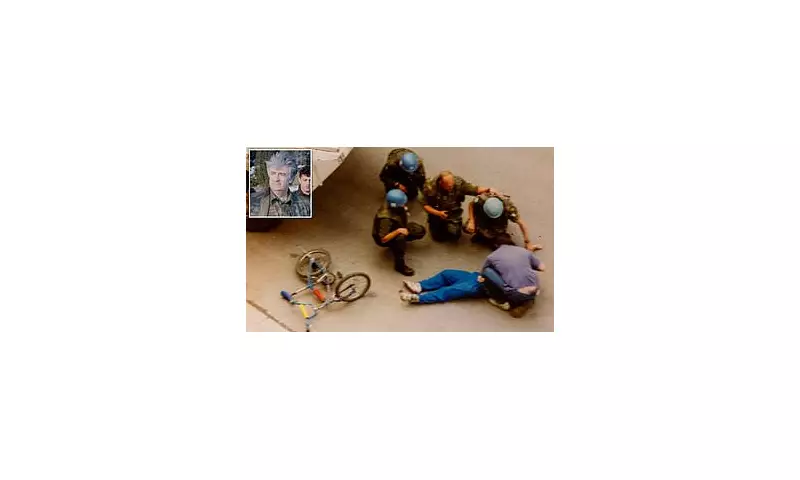
During the brutal siege of Sarajevo in the winter of 1993-94, a Slovenian intelligence agent operating under the alias Piskotek made a chilling discovery while observing Bosnian Serb sniper positions. Among the military sharpshooters, he noticed a man who stood out dramatically from the others.
The Englishman in Hunting Gear
This particular sniper wore green hunting attire rather than standard military fatigues and carried an expensive, high-powered rifle that wasn't the typical Serb-made weaponry. Through his telescopic sights, Piskotek noted the man's facial features and arrogant demeanour, concluding he was likely an Englishman from a wealthy background. His suspicion became near-certainty when he heard the sniper speak in clipped tones to his escorts.
What Piskotek witnessed next would haunt him for decades. The Englishman took aim and fired, dropping a male civilian victim several hundred yards away. This wasn't an isolated incident of wartime brutality but part of something far more sinister - what would later become known as the 'Sarajevo Safari' phenomenon.
The Ultimate Thrill for the Privileged
According to multiple witnesses and a two-year investigation by Italian writer Ezio Gavazzeni, wealthy foreign nationals paid enormous sums - up to £200,000 for a weekend 'shoot' - to experience what one criminal psychologist described as "the ultimate thrill" of killing another human being.
These weren't mercenaries or ideological supporters of the Bosnian Serb cause. They were privileged individuals from various Western nations who had everything in life and craved a new form of excitement. The investigation has identified participants including an Italian medical company owner, a banker, and a car executive among what Gavazzeni claims were "hundreds" of foreign hunters.
Most disturbingly, the hunters were reportedly given price lists with different values assigned to various targets, much like the Big Five animals on a conventional African safari. Children, being the most difficult targets as they scampered through the streets, commanded the highest prices.
Mounting Evidence and Official Response
The revelations have sparked official action across Europe. Bosnia's state prosecutor has begun approaching potential witnesses, while in Milan, prosecutor Alessandro Gobbis will start taking statements next week. Serbian President Aleksandar Vucic has been named as a suspect, with claims he was stationed at one of the safari locations - allegations he denies.
In Washington, Republican congresswoman Anna Paulina Luna has pledged to track down any Americans involved. The evidence continues to mount from multiple credible sources.
Edin Subasic, a former analytics officer with the Bosnia and Herzegovina Army's intelligence service, documented evidence in November 1993 from a captured enemy soldier who described travelling on an army bus with five Italians who cheerfully admitted they were on "a safari for humans."
Mirza Ustamujic, now chief executive of Sarajevo-based Energoinvest, recalls seeing the actual price lists as a 13-year-old boy, shortly before he and two friends were wounded by sniper fire. "They were printed in black letters on small squares of brown paper," he told investigators. "The prices were given in German marks, and they offered a choice of weapon."
For survivors like Senada Dodik, whose 17-year-old son Damir was executed by a single sniper bullet while cycling to a friend's house in June 1995, the revelations add another layer of horror to their grief. "I can't think that this could have been done for fun," she whispers. "To look at a child through rifle sights and just kill them. My brain can't accept that. It's not human."
As the evidence continues to emerge, it appears increasingly likely that for four shameful years during the siege that claimed over 5,000 civilian lives, including 1,601 children, this unique form of depravity was allowed to continue under the watchful eyes of Western intelligence agencies in the heart of Europe.





